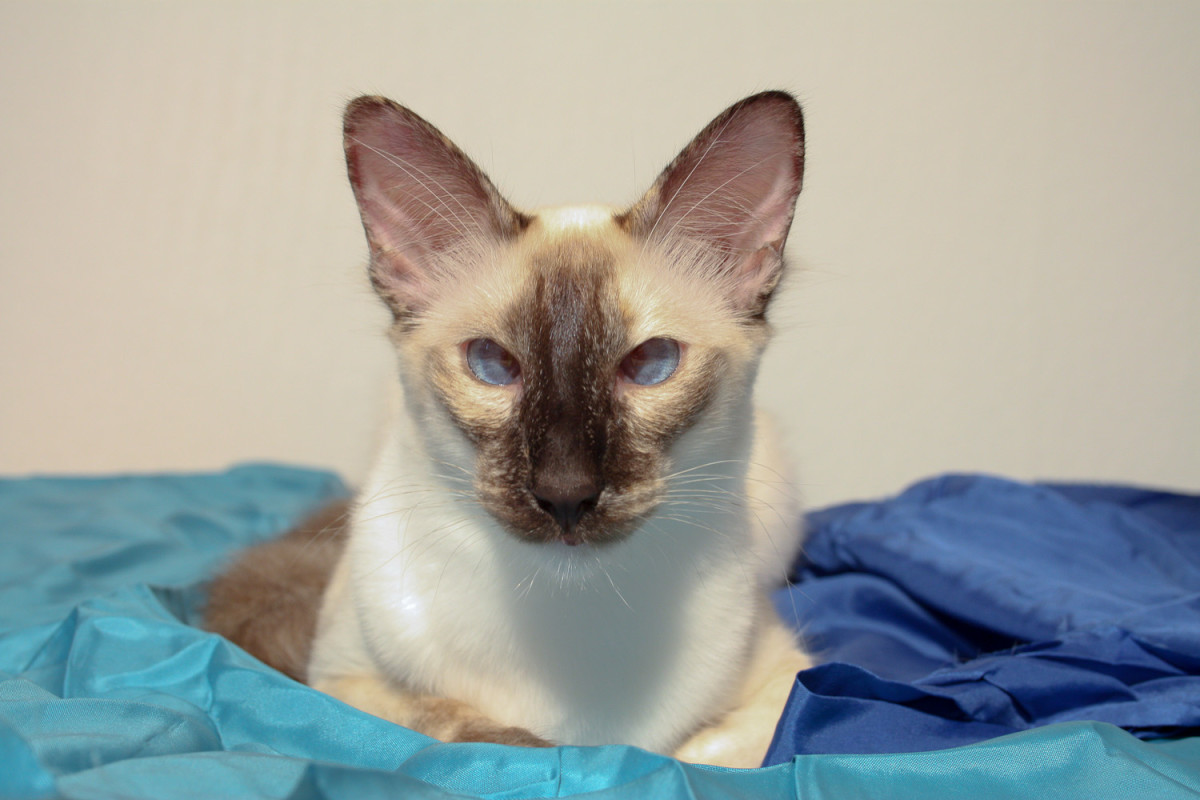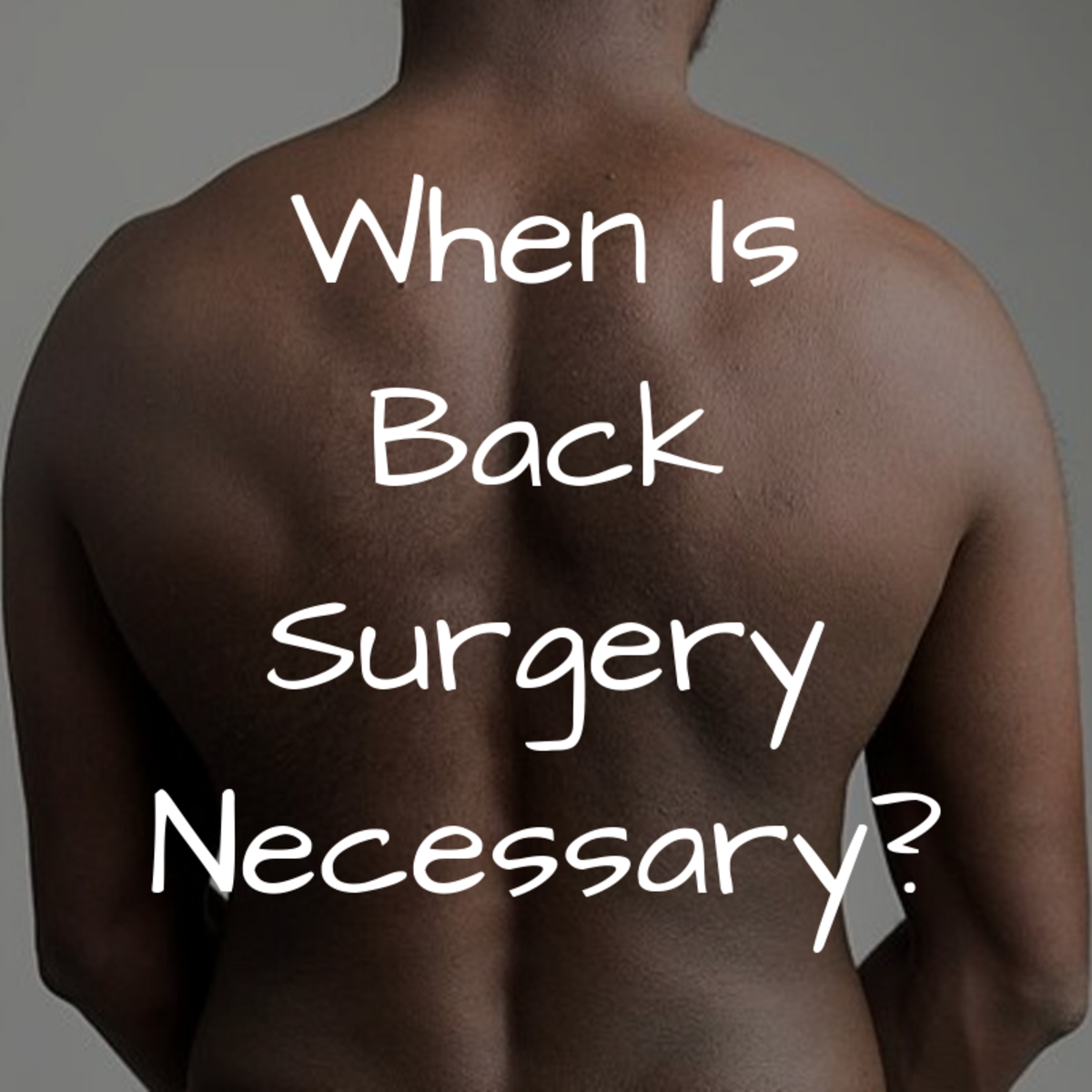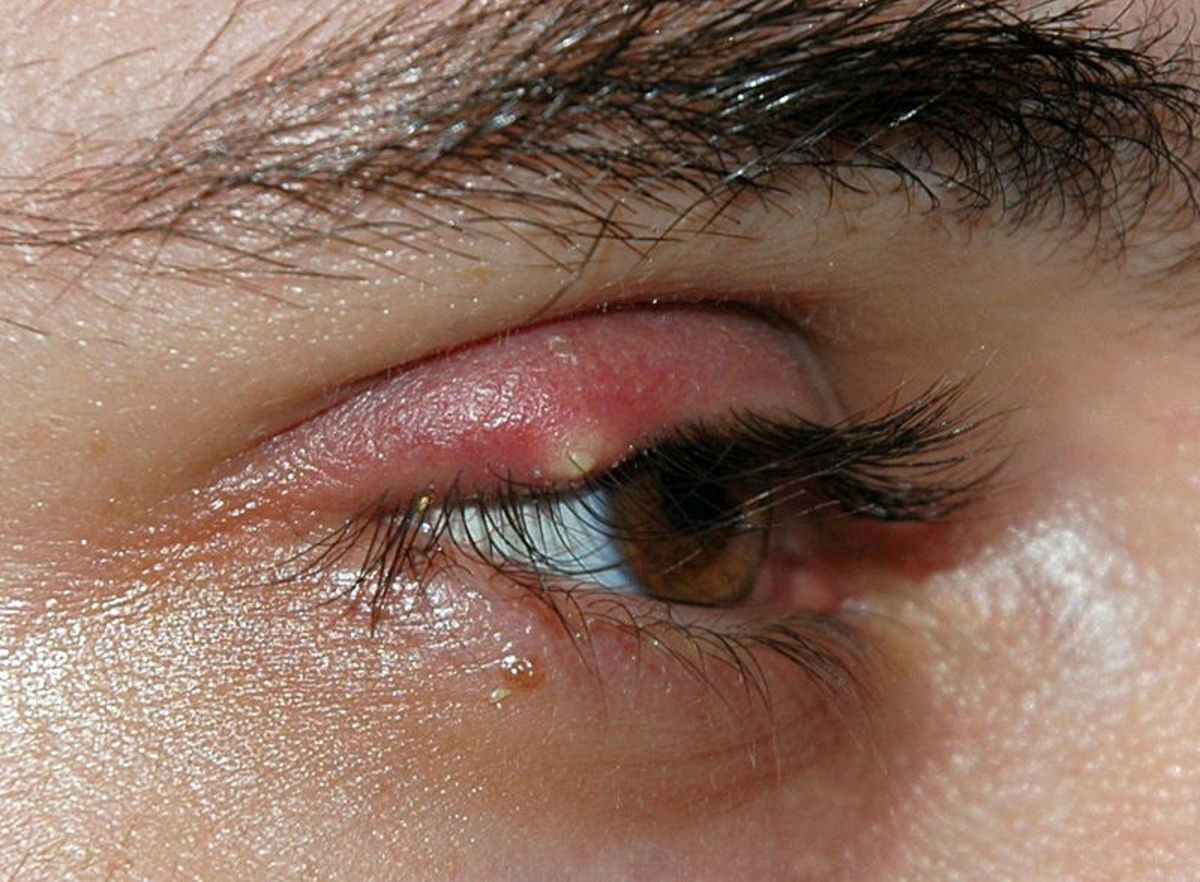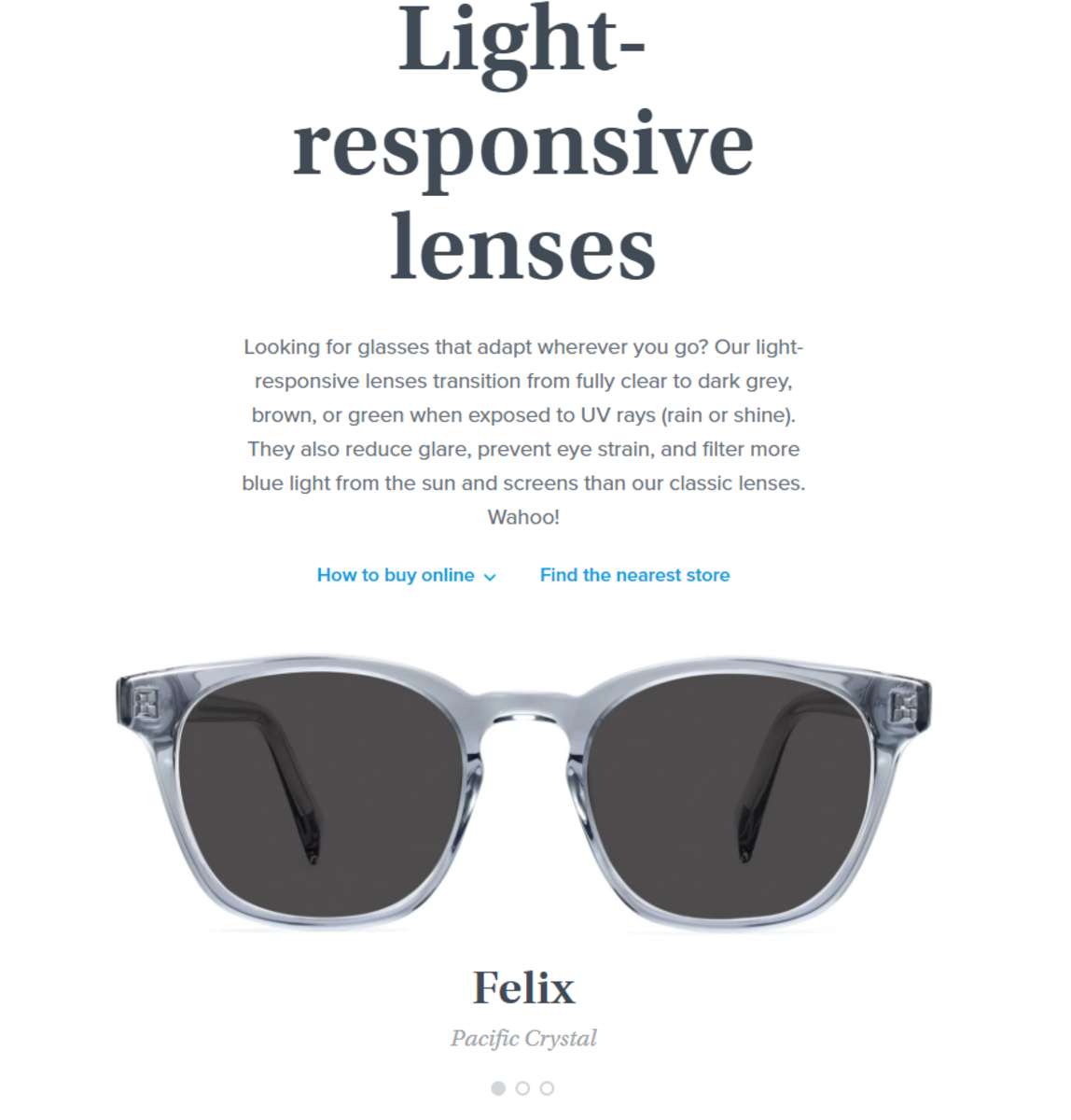Lasik Laser Eye Surgery - the Truth
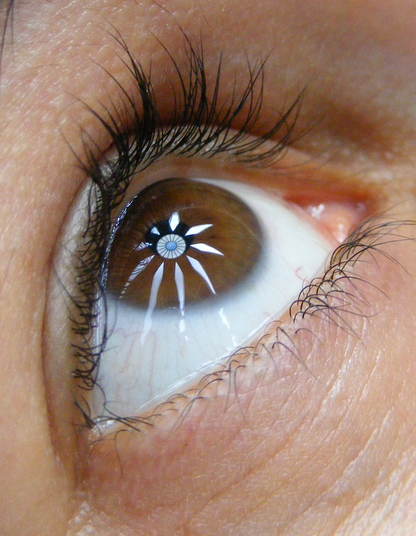
Blinded by Science?
Your head is held in a vice. Your eyes are clamped open. Anaesthetic drops fall into your eyes. A high-pressure ring is pushed against your eye-ball. The laser is moved into place. Within seconds, the agony begins. The anaesthetic hasn't worked. You feel every brush of the laser. You try to scream for them to stop, but you are in so much pain and shock no sound will come. You can only writhe in pain. The surgeon says, "Try to keep still."
This is not the kind of scenario that will ever be described to you by companies selling laser eye surgery. Yet it is not fiction. It was the terrifying experience of British illustrator David Holroyd. Mr Holroyd, in his 50's, told of watching a TV commercial which made laser eye surgery look like the kind of quick, painless treatment you could have in your lunch hour. In a 20-minute consultation, he was advised he could throw away his bifocals and enjoy perfect vision. No pain or lasting side-effects were mentioned. All he had to do was hand over £2,600 for all his vision problems to be solved.
But surely it is extremely rare to have a negative experience? Surely this is an amazing and technologically advanced industry which has brought a near-miraculous improvement in vision for millions? Surely, there must be a regulating body which monitors these establishments? Surely, governments would not allow just anyone to aim laser beams in people's eyes?
LASIK - the procedure
Laser Eye Surgery - the Sell
The magic wand that gives us back our perfect vision; the wonder treatment that gives us freedom from irksome glasses and irritating contact lenses; the painless, instant, virtually risk-free modern solution to our vision problems - celebrities galore sing LASIK's praises.
Of course, being an intelligent, Internet-savvy person, you would research the process on-line first, to reassure yourself that it's safe. Every search you make returns pages and pages of articles telling you how advanced the lasers now are and how incredibly small is the risk of anything going wrong.
But hold it - take a sniff. Don't you detect a certain familiar odor in the air? Could it be scent of spam?
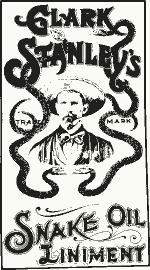
Spam, Spam, Spam
Try something with me. Google "Is Quantum Confidence a scam." It doesn't have to be Quantum Confidence - it can be any product that reeks of snake oil. What you will get is a number of search pages purporting to be reviews of the product. In fact, they are all advertisements created by the seller or affiliates. Many have duplicate content - yes, the stuff that Google is not supposed to rank at all, let alone on the first search page. Let's say you decide to write a genuine review of the product, containing some criticisms and home truths. Where will it end up? Probably safely buried at the bottom of page 57, where no potential customer will ever read it.
Try doing the same thing again, but instead of "Quantum Confidence" type "dangers of laser eye surgery" or "risks of", "side-effects of" or anything of a negative nature. The search results will be filled with articles, reviews and blogs raving about the benefits of the surgery, briefly mentioning the odd minor side-effect but dismissing it as unlikely or, if experienced, only temporary.
The purveyors of snake oil are vile. Dr Koch's Cure-All in the 19th Century milked the desperation of the vulnerable and afraid; it contained nothing but water. Dr Koch stole their money, but the water at least would have done them no harm. If the purveyors of any surgical procedure - let alone one that involves aiming laser beams at people's eyeballs - feel a need to employ the same tactics as the snake-oil salesmen - shouldn't alarm bells be ringing?
What Is Laser Eye Surgery?
Laser eye surgery was invented in the late 1980's as a treatment for near-sightedness. A laser beam is used to re-shape the cornea to improve visual focus. It is claimed it can now be used also to treat a wide range of vision problems, including astigmatism and presbyopia.
Types of Laser Eye Surgery
CRK - photorefractive keratectomy
| The top layer of the cornea, called the epithelium, is removed and the cornea reshaped to change the focus of the eye. This was at first done with a scalpel, but is now done with an exciser laser.
|
LASEK - laser epithelial keratomileusis
| This technique is similar to PRK, but the epithelium is not removed but weakened with alcohol and pushed aside whilst the cornea is reshaped.
|
LASIK - laser-assisted in-situ keratomileusis
| By far the most common procedure used nowadays, it uses a laser to cut a flap in the epithelium. The flap is raised and the cornea reshaped with another laser, then the flap is closed again.
|
A LASIK operation
How Is It Done?
By far the most popular method at present is LASIK. (see table above) This is said to involve less pain and a shorter recovery period than the older LASEK method, which does not involve cutting a flap in the cornea. Above, there is an animation explaining the LASIK procedure in a logical, scientific manner. To the right is a video of the actual operation (although this surgeon uses the older technique of cutting the epithelial flap mechanically rather than with a laser) If you are considering having it done, watch them both.
ABC News Report on LASIK
So Why Worry?
Each year over 100,000 Britons and up to a million Americans undergo laser eye surgery. Rarely are they made aware of any serious concerns.
Some worrying research was carried out in Britain by Health Which in 2008. They sent five people around to eighteen purveyors of laser eye surgery, including the three major British providers - Optimax, Optical Express and Ultralase.
Repeatedly, the researchers reported that they during their consultations they were either not warned of side-effects at all, or were advised they were unlikely, minor and temporary. This was the case even when they pointed out visual problems or general health conditions which made it more likely that they would experience significant side-effects. More than half were not advised that they might still need glasses after the surgery or at a later date.
Side effects can include pain, permanently dry eyes, floaters, double-vision, blurring, poor night vision, worsened close vision, poor depth vision, growths where the eye is cut, chronic eyelid inflammation and even, in rare cases, actual blindness.
Professor John Marshall, Professor of Opthalmology at St Thomas's Hospital in London, reported that there had already been a number of cases in which patients had needed a corneal transplant following laser eye surgery.
My wife experienced ... complete blindness for a week.
Mr G. Fuller
Pain
The degree of pain Mr Holroyd suffered during his operation was unusual and seemingly, rare. However, the pain which kept him in bed for three days afterwards is not. Despite being assured the produre would be painless, and that they would be back at work next day, many patients report serious pain lasting days, weeks, months or even years after the surgery.
Comments made on the BBC's website included this from Mr G. Fuller: "My wife ...experienced massive discomfort and complete blindness for a week..."
American Matt Kotsovolos, who had LASIK surgery in 2006, testified to the FDA in 2008 that "For the last two years I have suffered debilitating and unremitting eye pain.”
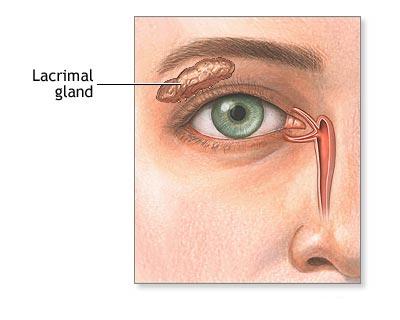
Dry Eyes
We all think we know what dry eyes are. We experience them when we are tired, when we have been in a smoky environment, when we've drunk too much alcohol. A few eye drops puts it right. Dry-eye syndrome after laser eye surgery is a very different thing.
The laser cuts through nerves that stimulate the lacrimal glands to produce tears, stopping the vital flow of tears which keep the eye hydrated. Patients are advised that this condition is temporary; the nerves grow back. In many cases, the condition does improve sufficiently for the patient to feel it's an inconvenience worth suffering for the sake of improved vision. However, statistically between 20% and 40% still report significant problems with dry eyes six months after the surgery,
I am blind approximately 10 percent of the time due to ... the pain.
David Shell
In some cases, the patient is left with a permanent serious and painful condition, as LASIK patient David Shell testified to the FDA in 2002.
“My LASIK dry eye is not a minor problem, as downplayed by some ophthalmologists. It's a disability. I estimate that I am blind approximately 10 percent of the time due to my eyes being closed because of the pain.”
Whilst nerves often do grow back, they do so in unpredictable ways. Some branch out, endowing the cornea with three or four times as many nerve endings than it had prior to the surgery. This makes the eyes extremely sensitive to dryness. A passing summer breeze can feel as if a hairdryer is being directed at your eyes.
The latest LASIK lasers cut a thinner slice of the cornea and so should cut fewer nerves. This does reduce the risk of permanent dry-eye syndrome. However, a thinner flap has a greater risk of being damaged or dislodged and presents a greater risk of being wrinkled during the operation itself, leaving spots, dark floaters or grainy vision.
Halos around streetlights
![By Lamiot on fr.wikipedia [CC-BY-1.0], via Wikimedia Commons By Lamiot on fr.wikipedia [CC-BY-1.0], via Wikimedia Commons](https://usercontent2.hubstatic.com/6879511.jpg)
Poor Night Vision
Night vision is affected in a number of different ways. First, the reduction in contrast which results from laser surgery may not affect daytime vision, but can be debilitating after dark. Blurring, ghosting, double-vision, halos around streetlights and 'starburst' effects on approaching headlights can make night driving impossible. In northern countries such as the UK, where in the winter months it can be dark at 3.30 p.m., this can make it impossible even to drive home from work.
Starburst and halo effects are caused when the patient's pupils in low light are larger than the 6.5 mm diameter of the laser beam. Such patients are not suitable for LASIK and should be referred for a different type, such as LASEK. However, this all too often does not happen.
A concern of many critics of LASIK is that patients often do not realize just how poor their night vision is and continue to drive, putting their own and others' lives at risk.
Blurred Vision
LASIK have told Rebecca Petris that her problems are "not significant". Suffering from blurred vision and dry-eye syndrome, she cannot drive, nor can she recognize a friend standing more than ten feet away. However, she can still read an eye chart, so her case is added to the success statistics.
Lack of Depth Perception
Damage to the ability to assess depth can be dangerous, particularly when driving. It makes it impossible to judge how far away from you other vehicles are.
Lisa Lissing's Story
Partial Loss of Vision
The old LADAR and NYDAR machines, an earlier generation of LASIK, were notoriously inaccurate. The amount lasered away was not, as the patient was advised, very carefully set to improve their vision. It was in fact very hit-and-miss. Those machines are still in use today in many businesses offering less expensive laser surgery. Lisa Lissing describes on YouTube how she lost the sight in one eye after going to one of these cut-price establishments. The machine cut away not one but five layers of the cornea, destroying her sight in that eye.
When the LADAR machines were introduced, however, the process was marketed by its providers - often themselves surgeons who had invested in the machinery - as being highly accurate and reliable, in what can only be seen as a conspiracy to deceive patients for personal financial gain. Whatever happened to "First, do no harm..." ?
The injury to the cornea caused by LASIK never heals. Serious problems can show themselves years later.
Blindness
Is blindness really a possibility? Many opthalmologists insist it is a real risk. The cornea sliced open by LASIK's lasers never fully heals. That's NEVER. You therefore have a weakness and a vulnerability to injury and infection for the rest of your life. This is the reason that people in certain occupations, such as sportsmen and military personnel, are advised to choose another technique rather than LASIK; the chance of getting a knock in the eye which would dislodge the corneal flap is higher than average.
The flap has only a tiny fraction of the strength of the normal epithelium, so the cornea can start to bulge beneath it weeks, months, or years after the surgery. This is known as ecstasia or keratectasia and can lead to blindness. LASIK is still a fairly new technique - what happens in the long-term is guesswork. However, some opthalmic specialists believe many people will face potential blindness because of keratectasia caused by LASIK. They will require corneal transplants and special hard contact lenses to restore a reasonable level of vision.
The permanent epithelial flap cut by LASIK also makes surgery for cataracts, which is quite often needed in later life, far more difficult. Even more worrying is the fact that it makes it impossible to carry out accurate routine tests for glaucoma, a condition in which excess pressure builds up in the eyeball which can lead to blindness.
Insurance companies have raised premiums for laser surgery firms significantly because of the number of claims made by dissatisfied patients.
But Surely You Can Trust a Surgeon?
So, the sales staff may doctor the facts - but surely qualified surgeons actually do the job?
The operation should be carried out by a qualified surgeon, but there are many instances of operations being carried out by people without any training or experience in surgery. For instance, two Eastern Europeans who had worked in a hospital, but were certainly not surgeons, were lasering away in Britain for months before they were discovered.
It is recommended that even a qualified surgeon should have three months' training before being allowed to carry out the surgery him/herself. In practice, surgeons have carried out ops after nothing more than a couple of observations. In the UK it is perfectly legal for any surgeon to describe himself as a specialist in eye surgery when in fact he has no training or experience whatsoever in this field.
Matt Kotsovolos
But the Statistics Show It's Safe!!
Lying with statistics is an art that many businesses have mastered. The laser surgery industry is at the cutting edge. Here's how to do it:
First, call side-effects something else. FDA whistle-blower Morris Waxler described how LASIK was licensed. To be granted a licence, a new laser procedure had to have less than 1% adverse events. LASIK had 30-40% of adverse events. This presented a problem, until someone had the bright idea of calling them 'symptoms' instead. Abracadabra, side-effects gone and licence obtained. Mr Wexler implied that some dishonesty amongst FDA personnel had enabled such an equivocation.
Secondly, choose a single, achievable criterion as the sole measure of success. Many deeply dissatisfied LASIK patients (see Matt Kotsovolos video above) are classed as successes because they can read an eye chart with each eye. Some cannot see usefully when both eyes are open, some see double, have such badly blurred vision that they cannot do their jobs, can no longer drive, read or use a computer and have painful dry eyes. All this is ignored in the statistics.
Thirdly, be sneaky. A nice little brightly-colored bar chart showing low levels of side-effects after LASIK surgery is displayed on LASIK's website. It is described as an FDA chart, and this lends it authority. It can indeed be found on the FDA website. What LASIK omit to tell you is that they themselves supplied this chart to the FDA.
LASIK says only one in a thousand suffers lasting side-effects.
Morris Waxler claims it's more than one in five.
So What Are the Real Statistics?
There have been at least forty-five studies of LASIK in the USA. The results were so alarming that Morris Waxler, who was formerly in charge of licensing LASIK for the FDA, produced a 34-page petition calling for the FDA to revoke the licence, owing to the "epidemic of permanent eye injury" caused by the lasers. The petition recited statistical facts about LASIK which clashed notably with LASIK's own figures as given on their website. For instance, LASIK claims that only 0.01% of patients suffer any lasting side effects, only one in a thousand. Wexler's figures cite 22%, more than one in five.
In 2007, an analysis by Bailey and Zadnik of twelve FDA reports on LASIK revealed that at six months after surgery, 17.5% reported halos, 19.7% reported glare and starbursts, 19.3% had problems driving at night and 21% had dry eyes.
Most people who have laser eye surgery do so in the hope of being able to throw away their glasses permanently. In fact, surveys have shown that between 25% and 43% of patients still have to wear glasses or contact lenses for vision correction within a year or so afterwards. Many will later need reading glasses, which might have been avoided had they not had the laser surgery.
But 95% Are Satisfied!
LASIK has published data claiming 95% of its patients say they are satisfied with their level of vision after surgery. These are LASIK's own statistics - they were not compiled by an independent body. Even if this is correct, it means one in every twenty is dissatisfied.
Patients were not asked about side-effects, merely about their level of vision. Many patients have 20/20 vision, yet pain, dry eyes etc can also be experienced. Doctors also point out that sometimes patients are so pleased to have 20/20 vision that they underestimate the impact of loss of depth or night vision. Neither can they be aware of future changes in their vision or possible development of keratectasia or damage to the epithelial flap. Nor can they predict whether they will develop cataracts or glaucoma, conditions not caused by LASIK but certainly negatively impacted by it.
Who is in Charge?
Who is watching these companies and ensuring that patients are protected? The answer is simple. In the USA, only the FDA; in the UK, nobody. The industry is self-regulating. In other words, the fox is left guarding the hen-house.
Repeated calls have been made for some sort of regulatory body to be formed. In 2004 a Committee of Members of Parliament in the UK recommended that a Registry of Surgeons qualified to carry out this work should be set up. This has never happened.
It is left to the patients themselves to check their surgeon's qualifications and experience. You should ensure that your surgeon is fully trained and has carried out many similar operations. But how many patients have the confidence to challenge their surgeon in this way? How many would even suspect it's necessary?
The Facts in Brief
It Won't Happen to Us
We are all hard-wired for optimism - it's important for the survival of the species. It's the human trait without which casinos and lotteries could not succeed. We all think we will beat the odds and win the game.
If we want to smoke, we'll dismiss a mountain of medical evidence on the dangers; if we want to gamble, we'll throw our last dollar down in the hope that we'll hit the jackpot; if we want laser eye surgery, we will ignore all the facts, all the accounts of bad experiences, all the advice to be cautious, because we know all those bad things only happen to other people.
"Do not have LASIK surgery - tell the media."
A husband and father's suicide letter.
Suicides
The consequences of LASIK have been so devastating to some patients that they have taken their own lives. Here are details of two of them:
Larry Campbell
Police Office Larry Campbell, a married man with children, killed himself in 2008 because he could no longer stand the pain and distorted vision. He could no longer do the job he loved as a policeman and the stress had damaged his relationship with his family. In his suicide letter he wrote: "Do not have LASIK surgery - tell the media!"
Vincent K Wat
Vincent K Wat was 28 when he killed himself around 15 months after having LASIK surgery. Vincent could not see well enough to drive, but knew he would not resist the temptation and feared he would harm someone else. He wrote "I do not want to die. I want to get married. I want to have kids. I want to contribute to society. But the tradeoff is that I will kill someone." Around five months after writing this on a web forum, he killed himself.
"I feel ... LASIK presents a significant public health crisis."
Dr Edward Boshnik, Opthalmologist
Conclusion
Note the words of Dr Edward Boshnik, O.D., a Florida opthalmologist, testifying to the FDA in April 2008:
"From what I have seen and witnessed from many patients, I feel at the present time LASIK presents a significant public health crisis"
and from his website:
"My feeling is that lasik surgery and other refractive surgical procedures exist solely to enrich doctors and the corporations that manufacture the laser equipment and not to benefit mankind. .... my advice is not to get involved with this procedure."
However, Paul Simon once wrote, "A man hears what he wants to hear and disregards the rest." That's the problem with trying to tell people things they don't really want to hear. On YouTube, numerous videos testify to the damaging consequences of this surgery. The companies selling the surgery place their ads at the top of the very same pages. They're not worried at all. They know most people won't listen.
You will certainly find many people who are currently very happy with the results of their laser surgery. But remember, you can't undo damage once it's done. You can't have an eye transplant. You can't get a new set. The laser people insist that you sign a disclaimer some forty pages long, granting them complete freedom from accountability for any adverse effects you suffer. Think why they would require this, if side-effects are so unlikely, so minor, so virtually non-existent.
Be careful; don't be betrayed by your own optimistic brain - and don't let yourself be blinded by science.
Further Information
- LASIK Complications, Risks - Top 10 Reasons Not to Have LASIK
LASIK complications, side effects, risks. Problems of LASIK eye surgery. Post-LASIK dry eyes and poor night vision. PRK complications, PRK haze. Risks that LASIK surgeons don't disclose to prospective patients. LASIK disasters, LASIK complaints, LASI - My LASIK Nightmare - InfoBarrel
The author describes her nightmarish journey of LASIK surgery and her years long fight to have her vision restored. (She still, however, appears to believe that her experience is very rare - research suggests otherwise!) - Letter Morris Waxler to FDA
Attached to Mr Waxler's letter is a printout of suicide victim Vincent K Wat's comments on web forum prior to his suicide. - Eyefreedom.com : Treatment for Post-Surgical Vision Loss
Dr Edward Boshnik's website. A page listing the type of consequences of laser eye surgery which he attempts to ameliorate with various specialized lenses - FDA Slides re Larry Campbell Case
Slides re FDA conclusions, including the suicide letter of Police Officer Larry Campbell

